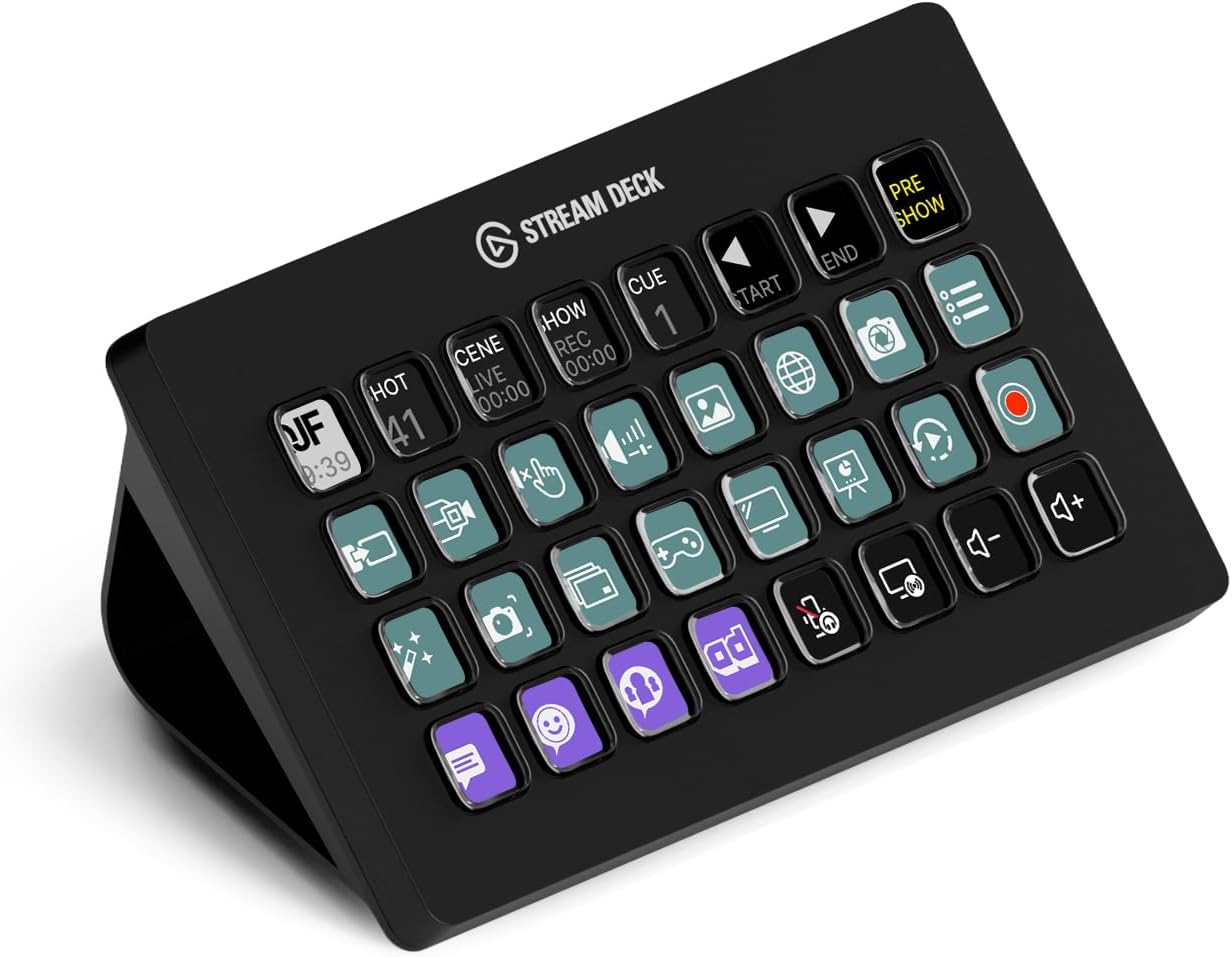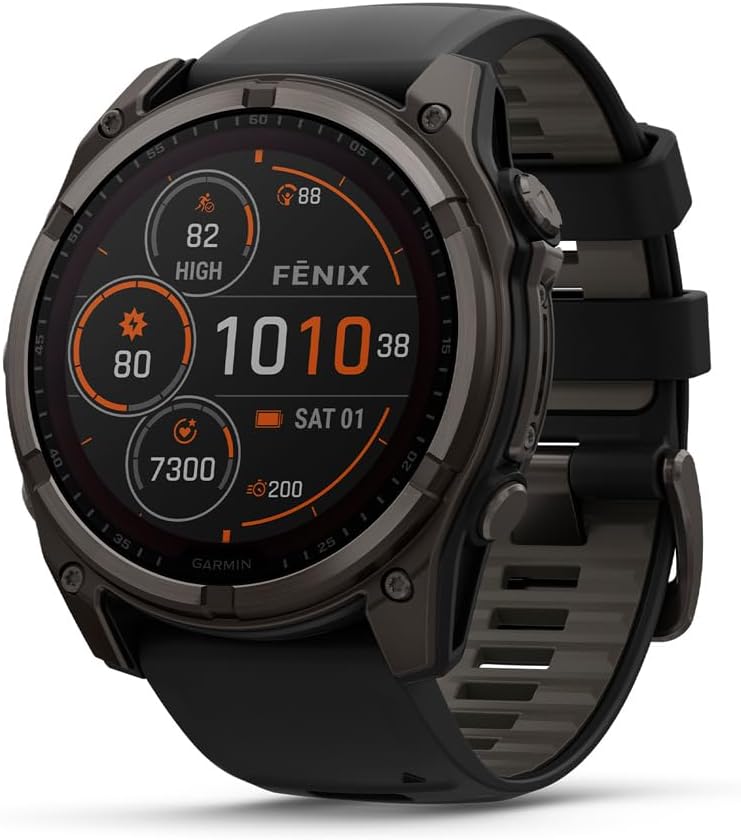Urban Contemporary
But what makes urban different from the previous styles of r&b and soul from the '60s and '70s is the fact that it's much more high-tech compared to them. Complete with synthesizers, drum machines, and sequencers in the production, they were just what took the place of horns and real strings, which kept a lot of session musicians occupied in the '60s and '70s. The production styles of r&b changed dramatically around 1983. In the present, the use of horns and strings is now the exception instead of the rule in r&b. Suddenly an r&b producer could act as a one-man or one-woman band and be capable of programing everything.
Another fact about urban is that it's affected by rap/hip-hop. Not all urban is hip-hop influenced, but there's a lot of it that is. Even if an urban artist doesn't do any rapping in his or her song, then the production is always likely to have some type of hip-hop influence at least.
Urban doesn't usually have the earthy grit associated with soul music, preferring rather to tone down all of that raw emotion in favor of a slick refinement. Until the late '80s, urban was highly pop-oriented as well. Urban even ranges in almost a whole, wide variety of past styles of soul/r&b. For example, groups like Boyz II Men and Shai recall the sound of doo wop and are greatly influenced by that. Artists who sing romantic ballads that fit well into the quiet storm radio formats include Luther Vandross, Anita Baker, Freddie Jackson, Sade, Regina Belle, and Glenn Jones among others. As rap started to influence r&b as early as 1979 when Fatback recorded the rap-funk song called "King Tim III". Soon, more r&b artists began to interact with rap artists in their songs, like Chaka Khan joining Melle Mel on "I Feel For You". The continuation of this set out the pre-dated pioneering of new jack swing or swingbeat music, as first done by the old-school rap group the Timex Social Club and the quiet storm/urban r&b group the Force M.D.s. Urban has room for the uptempo, funky dance tracks as well. Artists and groups of the hip-hop minded approach to r&b include BellBivDevoe, Bobby Brown, Guy, Keith Sweat, and Basic Black. Plus, urban is Prince's Minneapolis school of funk-rock including the Time, Morris Day, Ta Mara & the Seen, Sheila E., and Jesse Johnson's Revue and the family.
Contemporary r&b eventually came from the derivation of urban in the late '80s/early '90s. By the mid-'90s,it created a grittier, soulful feel of the combo of rap and r&b called neo-soul or hip-hop soul, after continuously cross-polinating with each other. There were female urban r&b groups that made a comeback during the last decade of the '90s, such as En Vogue, TLC, Destiny's Child, and Brownstone. If an r&b artist didn't owe something at all to rap/hip-hop, then he or she was considered to be the opposite of neo-soul...retro-soul. Neo-soul was rooted in new jack swing(at least in term of similarity), but new jack's beats are funkier, more elastic and unpredictable, maybe even more than the fast songs of urban r&b/soul. Male neo-soul singers like D'Angelo, Maxwell, and Rashaan Patterson did their part to expand it. Neo-soulstresses like India Arie, Alicia Keys, Macy Gray, and Jill Scott continued it in that same manner by the turn of the 21st century. So after all of this on that note, urban just might still actually be considered as one of the best styles of rhythm and blues and soul music ever concocted up-to-date, since its debut in the early 80's, along with the styles mentioned that followed it.





